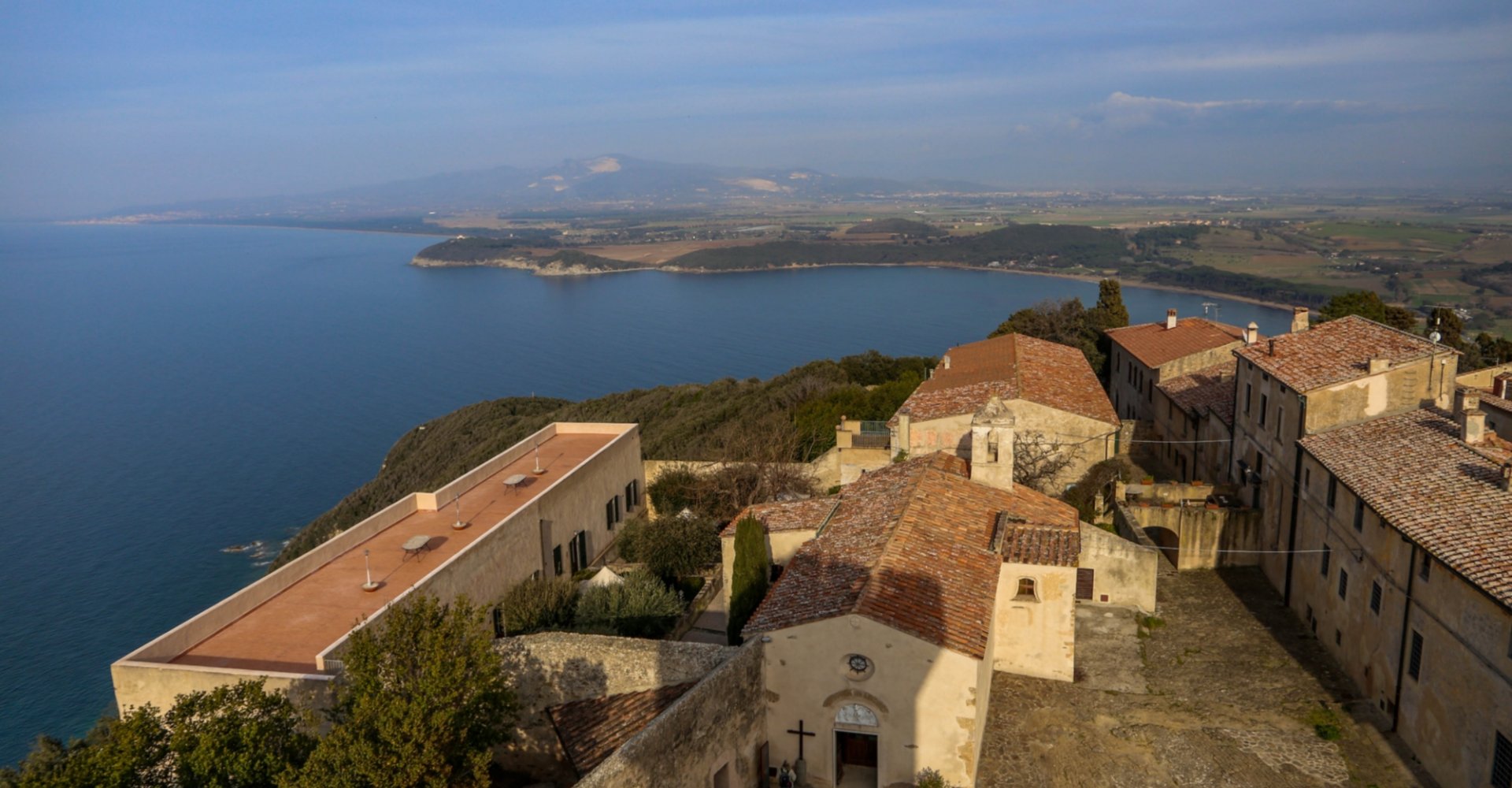
From the heart of Etruria to the sea, discovering the territories involved in Etruscan trade
On the traces and routes of Etruscan trade, from inland to coastal cities. An itinerary that runs from the western slope of Mount Amiata to reach the sea and the portion of coastline disputed by the Etruscan cities of Vetulonia and Roselle, in whose territory the Argentario and part of southern Tuscany were located. From the heart of Etruria, we move through the hills until coming upon the harbours that the Etruscans reached primarily by exploiting the course of the Ombrone and its tributaries; at the time, the rivers were crossed by the busy coming and going of vessels full of merchandise.
The Etruscans’ most exported products included wine, oil, cereals, metals, and ceramic and bronze artefacts. Once they reached the sea, the cities were teeming with life: the merchants filled their cargo ships and then set off for nearby destinations, such as Sicily and Sardinia, as well as more distant and arduous locations, such as Cyprus, Greece, the Spanish and French coasts and Syria.
A journey over land and sea, following the trade routes of the Etruscans, allows us to appreciate the mountainous landscape of inland central Etruria and the lagoon and coastal landscape, nowadays dotted with natural oases, picturesque harbours, castles and hilltop towns, museums and archaeological parks of great beauty.
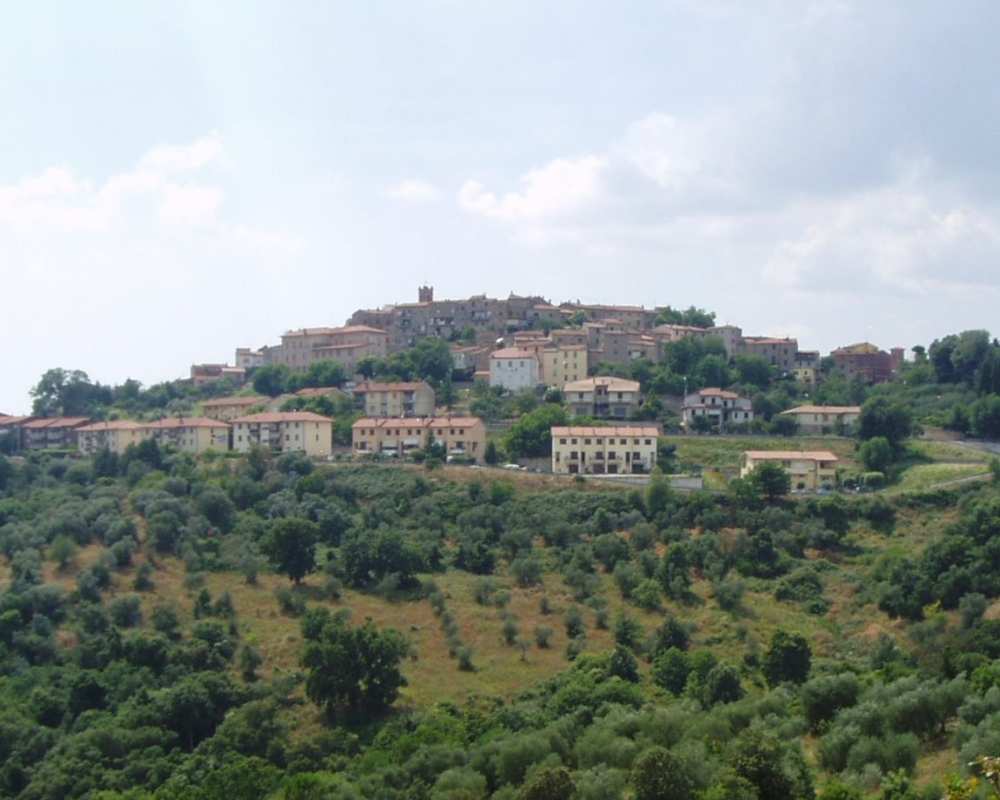
The itinerary can start between the mountains and hills, on the slopes of the now extinct volcano that dominates the south of Tuscany, Mount Amiata. Against an environmental backdrop of rare beauty stand three charming villages with roots in Etruscan times, Cinigiano, Civitella Paganico and Roccastrada. Located at the foot of Mount Amiata, the “Sacred Mountain” of the Etruscans, and perched on three hillocks, they overlook the surrounding valleys safeguarding a rich Etruscan heritage; numerous archaeological excavations have been carried out in the surrounding areas, in particular those of Casenovole near Civitella Paganico in the Ombrone Valley, which brought to light a Hellenistic necropolis. Twelve sepulchres emerged, including the so-called Tomb of the Badger, the Tomb of the Scarab and the Tomb of the Golden Leaves; grave goods were also found, such as various types of crockery, coins and gold objects. Remains that testify to the importance of the area, which was a borderland.
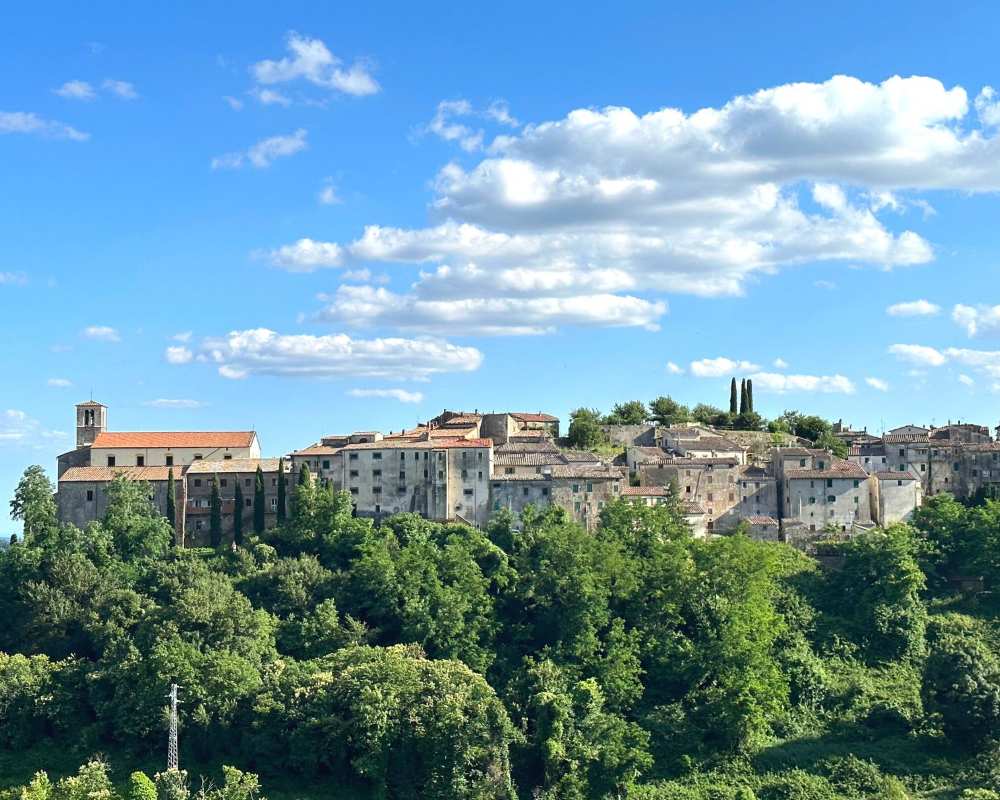
Approaching the coast, one intercepts the hinterland surrounding the urban area of Grosseto, with the charm of the typical Maremma countryside and guardian of great historical wealth. At most half an hour's drive from the capital of southern Tuscany, there are several places where the Etruscan civilisation flourished in ancient times. Roselle, very nearby, a city founded before the 7th century B.C. by the Etruscans, which later became Roman, is now one of the main Tuscan archaeological sites, as is the archaeological area of Vetulonia, a hamlet of Castiglione della Pescaia, some finds of which are preserved in the Isidoro Falchi Civic Archaeological Museum in the centre of the town. Then there are the lands where Etruscan history is linked to wine, Gavorrano and Scansano; extremely important Etruscan sites are found in the surroundings of these splendid towns, such as, respectively, the necropolis of San Germano in Rocca di Frassinello and the ancient city of Ghiaccio Forte.
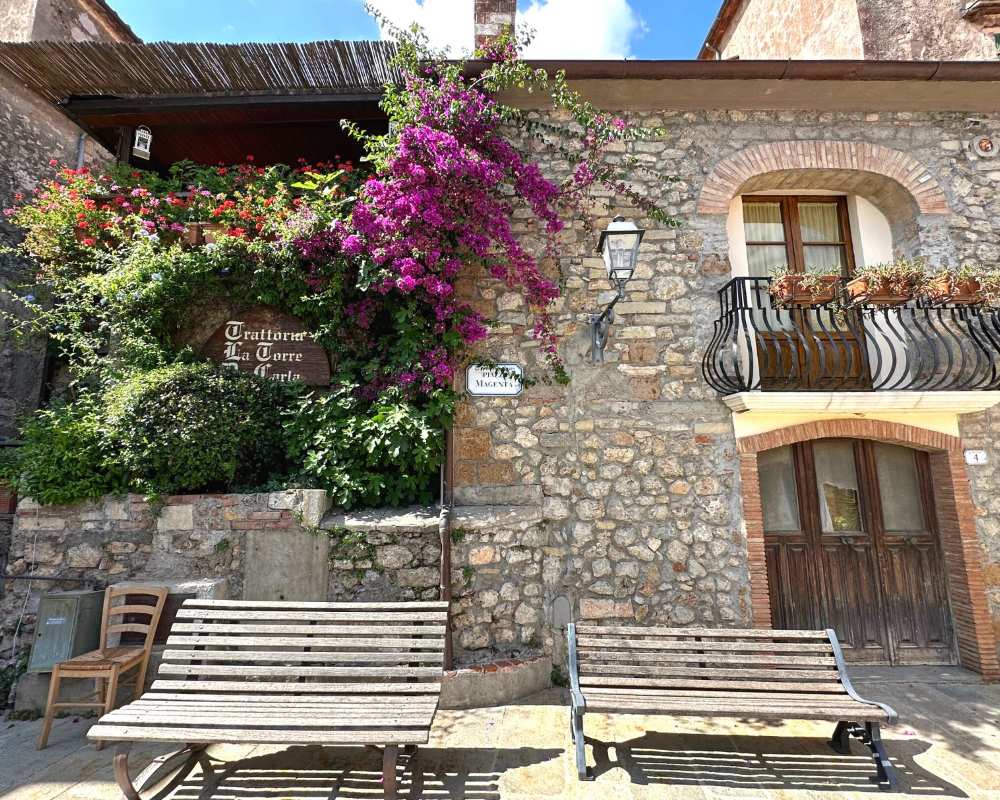
Continuing along the coast to the south, the Maremma manifests itself among coastal reliefs, such as Monte Argentario, once an island in the Tuscan archipelago, and Capalbio, a delightful village perched on a hill a short distance from the sea. It is the last strip of Tuscany on the border with Latium: the whole area is dotted with traces; ancient Capalbio, as well as Porto Ercole on the promontory of Monte Argentario, find their origins thanks to the Etruscan civilization; there are numerous settlements and mounds appreciable throughout the southern Maremma.
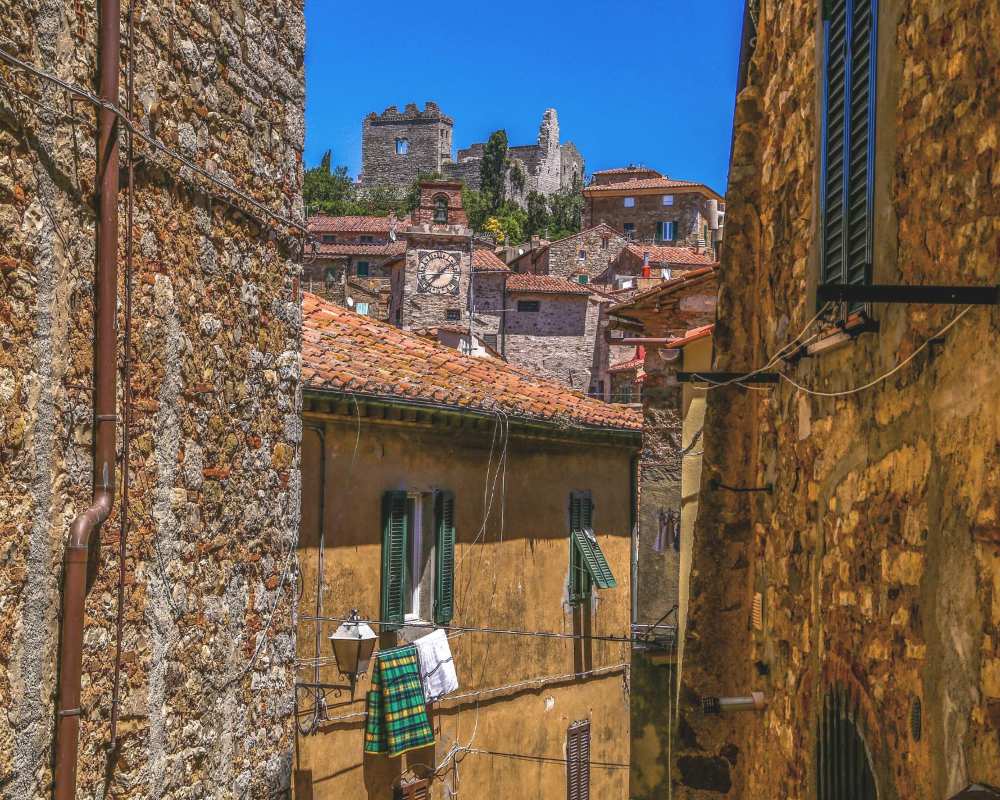
Sheer cliffs, tombolos and lookout towns on the Tyrrhenian Sea. Upon reaching the Etruscan Coast, one finds a land where crystal clear waters combine with history and with the most fascinating coastal landscapes steeped in myth and legend. As the name suggests, this stretch of coastline has an enormous Etruscan heritage. First and foremost is Populonia, in the territory of Piombino, the only Etruscan city to overlook the sea. Inside the castle is the archaeological museum which preserves the Gasparri private collection, a collection of finds from the archaeological excavations carried out in the area and in Baratti in the first half of the last century; an area also covered by the archaeological park of the same name. Next are Cecina and Campiglia marittima, home to a park and an Archaeological Museum. The former preserves relics and remains of great interest; the latter is the custodian of ancient smelting furnaces hidden by vegetation. This evidence confirms the area's ancient vocation for mining and processing of metals, such as copper and argentiferous lead, the same predilection as the Rocca di San Silvestro in the archeo-mining park of the same name.